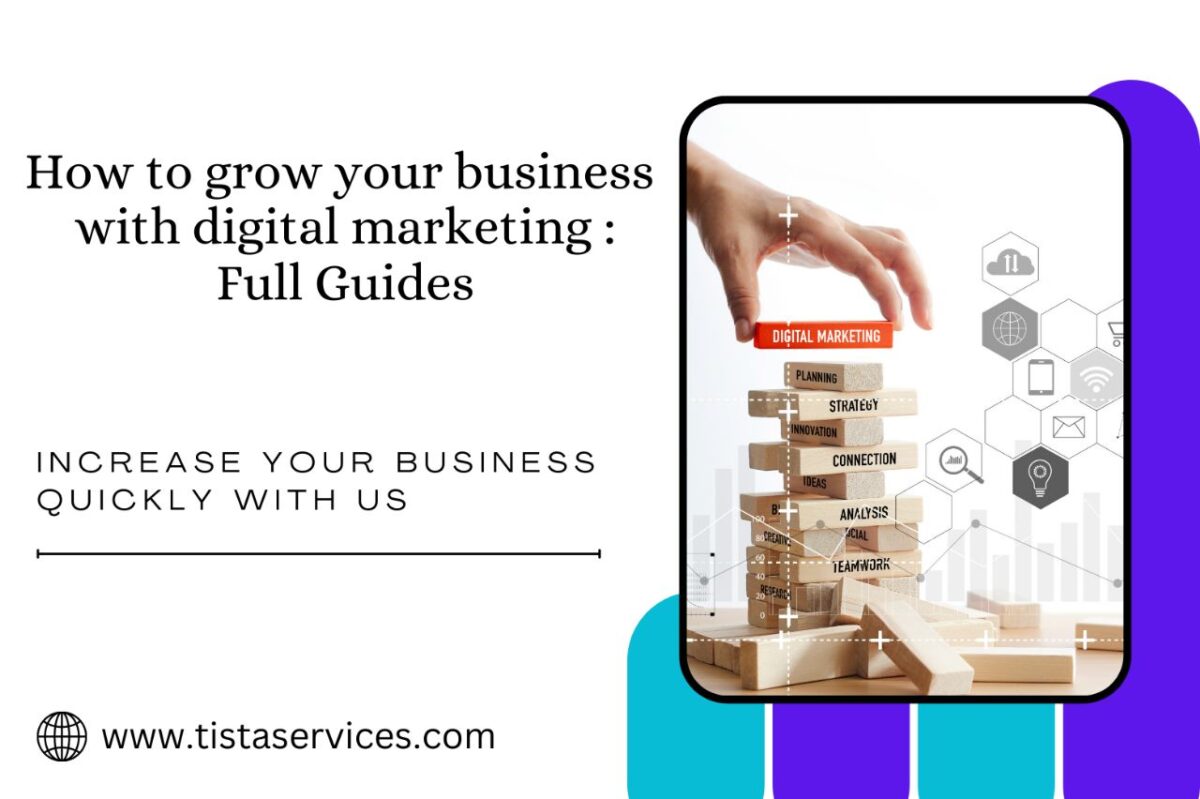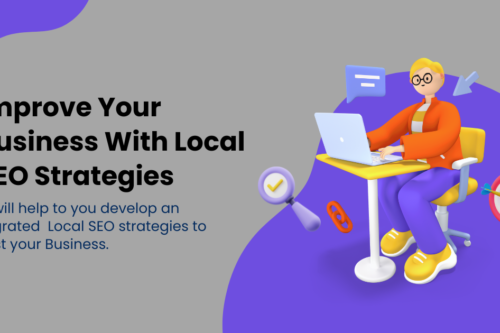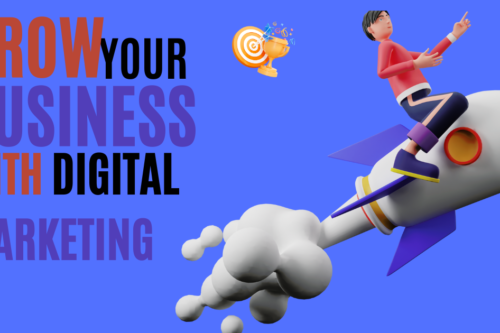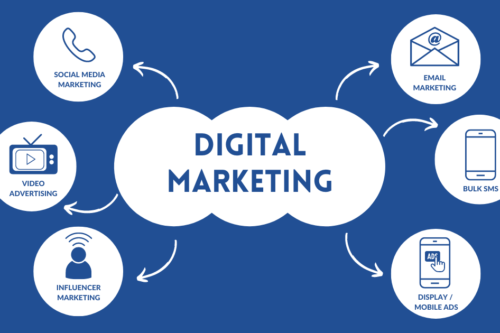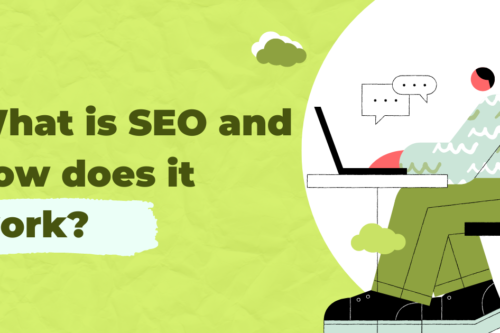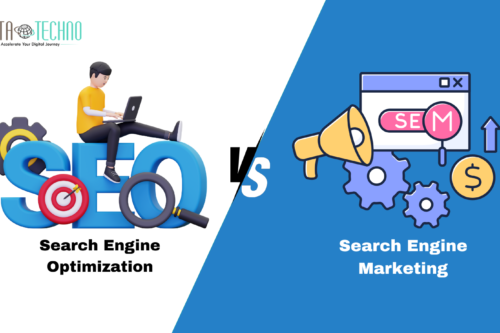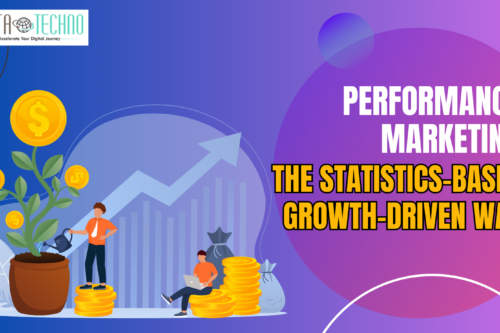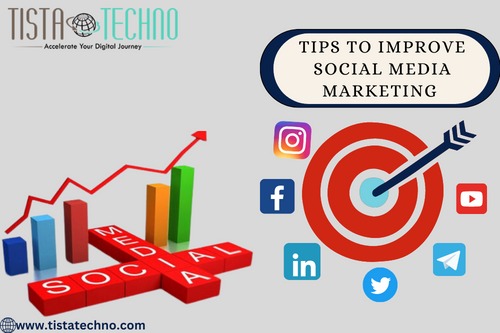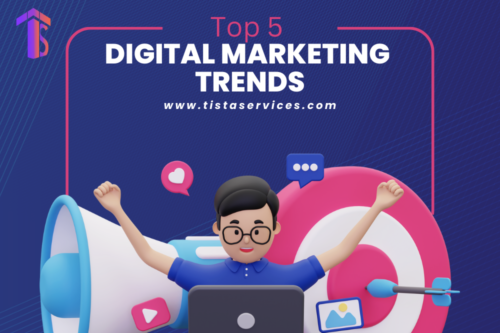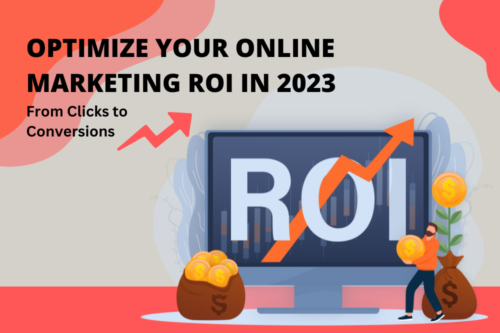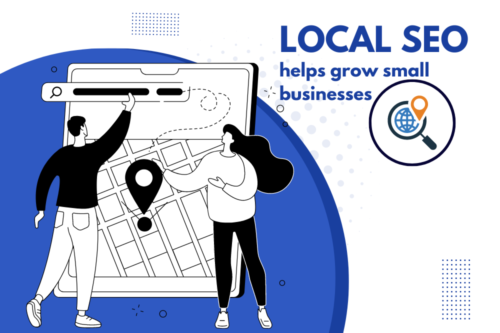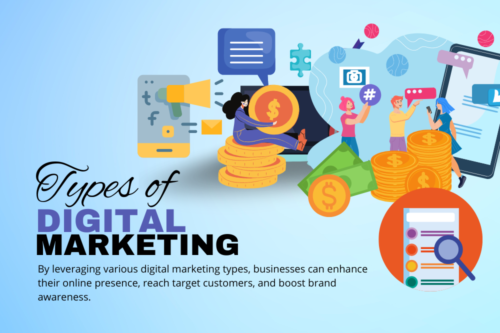In today’s fast-paced world, digital marketing has become an indispensable tool for businesses looking to thrive and succeed. The power of the internet allows businesses to reach a global audience, engage with potential customers, and drive sales like never before. In this comprehensive guide, we will explore the ins and outs of digital marketing and provide you with practical strategies to grow your business in the digital age.
Understanding of Digital Marketing
What is Digital Marketing?
Digital marketing is a comprehensive term that encompasses all online marketing efforts to connect with current and prospective customers through various digital channels. These channels include search engines, social media, email marketing, content marketing, and paid advertising, among others. Unlike traditional marketing, digital marketing allows for precise targeting, real-time data analysis, and the ability to tailor campaigns based on customer behavior and preferences.
The Evolution of Marketing in the Digital Era-
In the not-so-distant past, businesses relied heavily on traditional marketing methods such as print ads, TV commercials, and billboards to reach their target audience. While these methods were effective to some extent, they lacked the ability to track results accurately and were often costly. However, with the advent of the internet and the proliferation of smartphones, digital marketing emerged as a game-changer. Businesses now had access to vast online audiences and could interact with customers in real-time, leading to more personalized and impactful marketing campaigns.
Key Components of Digital Marketing-
Digital marketing comprises several essential components, each playing a crucial role in the overall marketing strategy:
- Search Engine Optimization (SEO): This involves optimizing your website to rank higher on search engine results pages (SERPs), thereby increasing organic traffic and visibility.
- Content Marketing: Providing valuable and relevant content to your audience to attract, engage, and retain customers.
- Social Media Marketing: Utilizing social media platforms to build a brand presence, engage with followers, and drive website traffic.
- Email Marketing: Sending targeted emails to nurture leads, promote products, and maintain customer relationships.
- Paid Advertising: Paying to display ads on various online platforms, driving traffic and conversions.
- Analytics and Data Insights: Using tools and data analysis to measure the performance of marketing efforts and make data-driven decisions.
Why Digital Marketing is Essential for Business Growth?
In today’s digital age, consumers spend a significant amount of time online, making the Internet a primary source of information and entertainment. Therefore, businesses that establish a strong online presence and engage with their target audience through digital channels have a higher chance of attracting and retaining customers. Digital marketing also offers cost-effectiveness, as online campaigns can be tailored to specific demographics, ensuring that resources are used efficiently. By leveraging data analytics, businesses can gain valuable insights into consumer behavior, preferences, and pain points, enabling them to refine their marketing strategies continually.
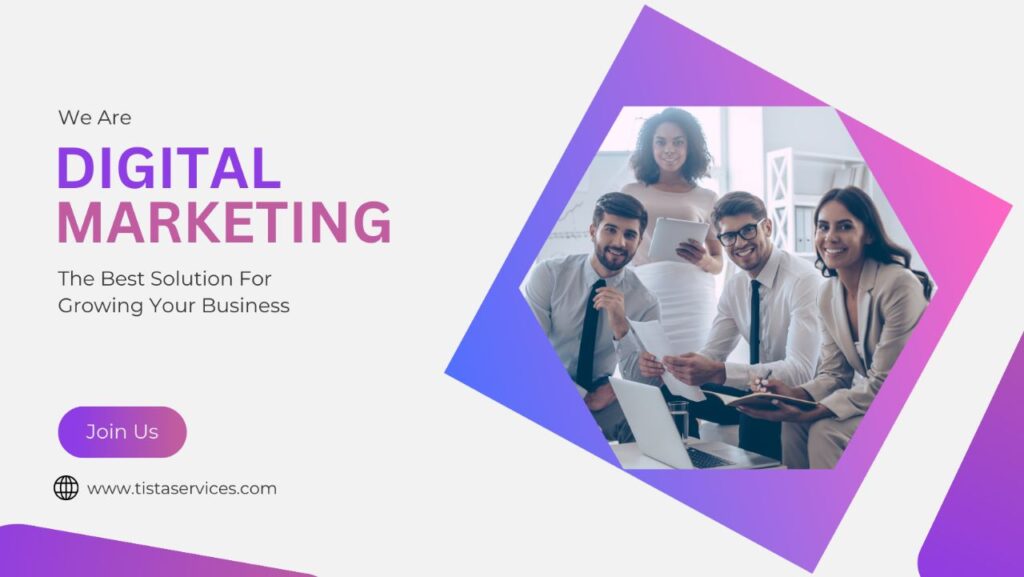
Building an Effective Digital Marketing Strategy
To harness the full potential of digital marketing, a well-thought-out strategy is essential. Let’s explore the steps involved in creating an effective digital marketing plan.
Setting Clear Goals and Objectives-
Before diving into digital marketing tactics, it’s crucial to define clear and measurable goals. What do you want to achieve with your digital marketing efforts? Are you looking to increase website traffic, generate leads, boost online sales, or enhance brand awareness? Setting specific, achievable, and time-bound goals will serve as a roadmap for your marketing endeavors.
Identifying Your Target Audience-
Understanding your target audience is fundamental to tailoring your marketing messages effectively. Conduct market research to identify your ideal customer persona, including demographics, interests, pain points, and online behavior. Knowing your audience will help you craft content and campaigns that resonate with them, ultimately driving engagement and conversions.
Selecting the Right Digital Marketing Channels-
With numerous digital marketing channels available, it’s essential to choose the ones that align with your business goals and target audience. Each channel has its unique strengths and purposes:
- Search Engines: A strong SEO strategy can boost organic visibility, while paid search advertising (e.g., Google Ads) can drive immediate traffic to your website.
- Social Media Marketing: Platforms like Facebook, Instagram, Twitter, and LinkedIn offer diverse opportunities for engaging with your audience and building brand loyalty.
- Email Marketing: Email marketing allows you to communicate directly with your audience, delivering personalized content and promotions.
- Content Marketing: Creating valuable content on your website, blog, or other platforms establishes your authority and fosters trust with your audience.
Crafting a Compelling Brand Story-
Storytelling is a powerful tool in digital marketing. A compelling brand story can captivate your audience, evoke emotions, and create lasting impressions. Consider what sets your brand apart and how your products or services address your customers’ needs. By humanizing your brand and making an emotional connection, you can establish a loyal customer base.
Mastering Search Engine Optimization (SEO)
Demystifying SEO: A Beginner’s Guide-
Search Engine Optimization (SEO) is the process of optimizing your website to rank higher on search engine results pages (SERPs). When your website appears at the top of relevant search queries, you can attract organic traffic and potential customers. Let’s dive into the key elements of SEO:
- Keyword Research: Identify relevant keywords and phrases that your target audience is likely to use when searching for products or services similar to yours.
- On-Page Optimization: Optimize your website’s content, titles, meta descriptions, and headings to align with targeted keywords and improve user experience.
- Site Structure and Navigation: Ensure your website is easy to navigate and user-friendly, making it simple for visitors to find what they’re looking for.
On-Page SEO Best Practices-
On-page SEO focuses on optimizing individual web pages to improve their search engine rankings. Some best practices include:
- Title Tags and Meta Descriptions: Use unique and descriptive title tags and meta descriptions for each page to attract clicks from search results.
- URL Structure: Create clean and descriptive URLs that include relevant keywords.
- Header Tags: Use H1, H2, and H3 tags to organize content and signal its importance to search engines.
Off-Page SEO: Building Quality Backlinks
Off-page SEO involves activities outside of your website that impact your search engine rankings, with link building being a significant factor. High-quality backlinks from authoritative and relevant websites signal to search engines that your content is valuable and trustworthy.
The Importance of Local SEO for Small Businesses
For local businesses, optimizing for local SEO is vital to attract nearby customers. Ensure your business information is consistent across online directories, claim your Google My Business listing, and encourage customer reviews to boost local visibility.
The Power of Content Marketing
Creating Engaging and Shareable Content
Content marketing revolves around creating valuable, informative, and entertaining content that engages your audience and encourages them to share it with others. Some popular content types include:
- Blogs and Articles: Well-written blog posts that address your audience’s pain points and offer solutions can drive traffic and establish thought leadership.
- Videos: Engaging videos can capture your audience’s attention and increase brand awareness.
- Infographics: Visual representations of data or information can be highly shareable and easily digestible.
Understanding Different Content Types (Blogs, Videos, Infographics)-
Let’s explore each content type and its benefits:
- Blogs: Blogs are versatile and can cover a wide range of topics, making them ideal for SEO and thought leadership.
- Videos: Videos allow you to showcase products, share behind-the-scenes footage, and connect with your audience on a personal level.
- Infographics: Infographics present complex information in a visually appealing format, making them shareable on social media.
Content Distribution Strategies-
Creating great content is only half the battle; you also need a distribution strategy to ensure your content reaches the right audience. Consider the following distribution channels:
- Social Media: Share your content across relevant social media platforms to reach your followers and potentially go viral.
- Email: Send newsletters to your subscribers, promoting your latest blog posts and content.
- Guest Posting: Contribute content to other authoritative websites to reach new audiences and build backlinks.
Leveraging Content for Lead Generation-
Content marketing can be an excellent lead-generation tool. Offer valuable gated content, such as ebooks or whitepapers, in exchange for visitors’ contact information. Once you have their details, you can nurture them through email marketing and other channels.
Social Media Marketing for Business Growth
Choosing the Right Social Media Platforms-
Not all social media platforms are created equal. Each platform attracts a different audience, and it’s essential to choose the ones that align with your target demographics and marketing goals.
- Facebook: The most popular platform with a diverse user base, suitable for businesses targeting a wide audience.
- Instagram: Ideal for businesses with visually appealing products or services.
- Twitter: Great for real-time updates, news, and customer engagement.
- LinkedIn: Best for B2B companies and networking with industry professionals.
Strategies for Building a Loyal Following-
Building a loyal social media following requires consistent effort and engagement. Here are some strategies to foster a devoted community:
- Be Authentic: Show the human side of your brand by sharing behind-the-scenes content and engaging with your followers genuinely.
- Consistency: Post regularly to stay on your audience’s radar without overwhelming them.
- Engagement: Respond to comments, messages, and mentions promptly to show that you value your audience’s input.
Running Effective Social Media Ad Campaigns-
Social media advertising allows you to reach a targeted audience with precision. Here are some tips for running successful ad campaigns:
- Clear Objectives: Define your campaign objectives, such as driving website traffic, generating leads, or promoting a sale.
- Audience Targeting: Use the platform’s targeting tools to narrow down your audience based on demographics, interests, and behaviors.
- Compelling Creatives: Create visually appealing and engaging ad creatives that align with your brand.
Social Media Analytics and Measuring Success-
Measuring the success of your social media efforts is crucial to refining your strategy. Utilize platform-specific analytics tools to track key metrics such as reach, engagement, clicks, and conversions. Analyzing the data will help you identify what works and what needs improvement.
Email Marketing and Automation
Building an Email List: Quality vs. Quantity-
When it comes to email marketing, the focus should be on quality rather than quantity. Building a large email list might seem impressive, but if the subscribers are uninterested or unengaged, it won’t yield desirable results. Instead, focus on attracting engaged and interested subscribers who are more likely to open your emails and convert them into customers.
Designing Eye-Catching and Effective Emails-
The design of your emails plays a significant role in capturing the attention of your subscribers. Keep these design tips in mind:
- Clear Call-to-Action (CTA): Your CTA should stand out and lead subscribers to the desired action, such as visiting your website or making a purchase.
- Mobile Responsiveness: Ensure your emails are optimized for mobile devices since a significant portion of users accesses emails on smartphones.
Implementing Email Automation for Efficiency-
Email automation allows you to send targeted and personalized emails based on specific triggers or customer behavior. Automated email sequences can nurture leads, welcome new subscribers, and even re-engage inactive customers.
Personalization and Segmentation for Better Results-
Personalization is key to making your subscribers feel valued and understood. Use data such as their name, purchase history, or preferences to deliver personalized content. Additionally, segment your email list based on various criteria to send more relevant messages to specific groups of subscribers.
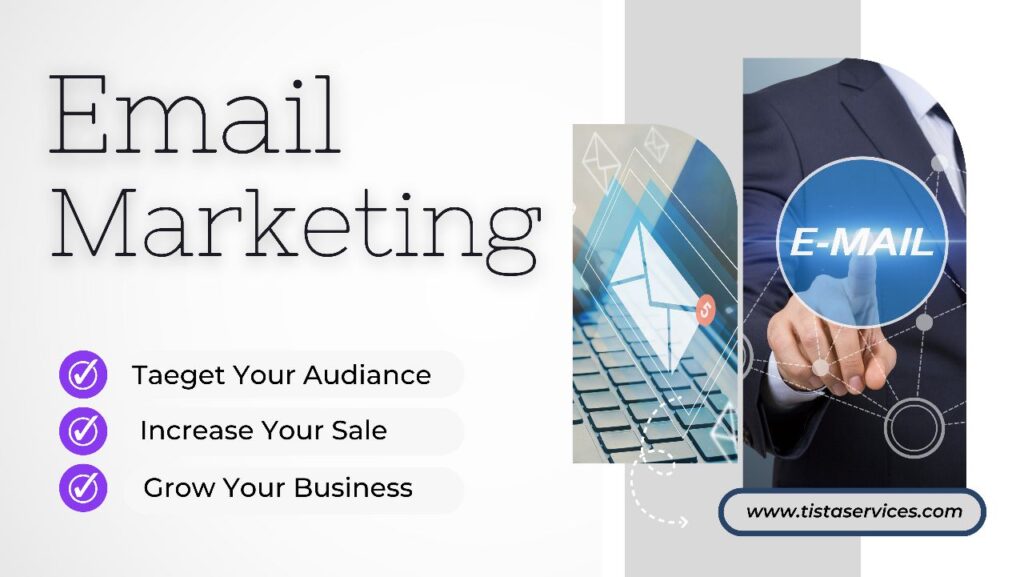
Paid Advertising: Google Ads and BeyondUnderstanding Google Ads (formerly AdWords)
Google Ads is a popular and effective platform for paid advertising. It allows businesses to display ads on Google’s search engine results pages and partner websites. Understanding how Google Ads works is crucial for getting the most out of your advertising budget.
Creating High-Converting Ad Campaigns-
Crafting ad campaigns that convert requires careful planning and optimization. Here are some tips to create high-converting ads:
- Keyword Research: Choose relevant keywords that align with your business and target audience.
- Compelling Ad Copy: Write persuasive ad copy that highlights your unique selling propositions.
- Landing Page Optimization: Ensure that the landing page users are directed to aligns with the ad’s message and encourages conversions.
Exploring Alternative Paid Advertising Channels-
While Google Ads is a go-to platform for many businesses, exploring alternative paid advertising channels can provide new opportunities and reach different audiences. Some alternatives include:
- Bing Ads: Similar to Google Ads, but with potentially lower competition and cost-per-click.
- Social Media Advertising: Platforms like Facebook, Instagram, and LinkedIn offer robust advertising options.
- Native Advertising: Placing sponsored content within relevant editorial content can yield higher engagement.
Budgeting and Measuring Return on Investment (ROI)-
Careful budgeting and monitoring of your paid advertising campaigns are essential to maximizing your return on investment. Set a clear budget for each campaign and track its performance regularly. Adjust bids, ad placements, and targeting as needed to optimize your campaigns and achieve the best results.
Conclusion
In conclusion, digital marketing is a powerful tool that can propel your business to new heights in the digital age. By understanding the key components of digital marketing, building an effective marketing strategy, mastering SEO, leveraging content marketing, utilizing social media, and harnessing the potential of email marketing and paid advertising, you can grow your business and reach a broader audience than ever before.
Remember, success in digital marketing requires continuous learning, adaptation, and optimization. Stay up-to-date with the latest trends and technologies, monitor your results, and be willing to experiment and innovate to stay ahead of the competition.
So, take the plunge into the exciting world of digital marketing, and watch your business flourish in the online landscape!

